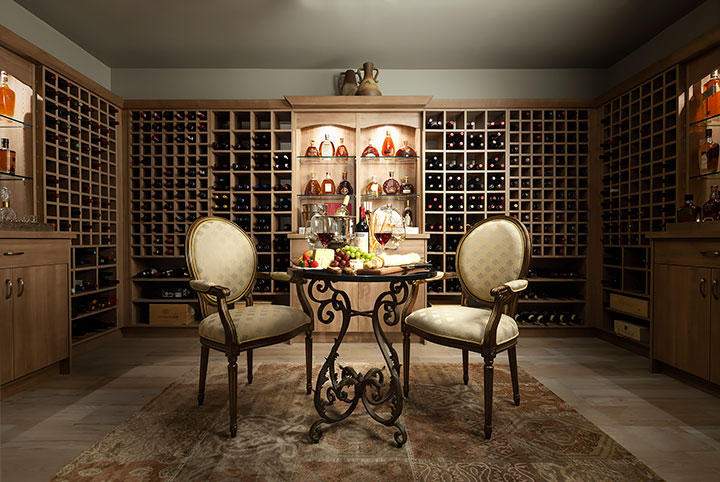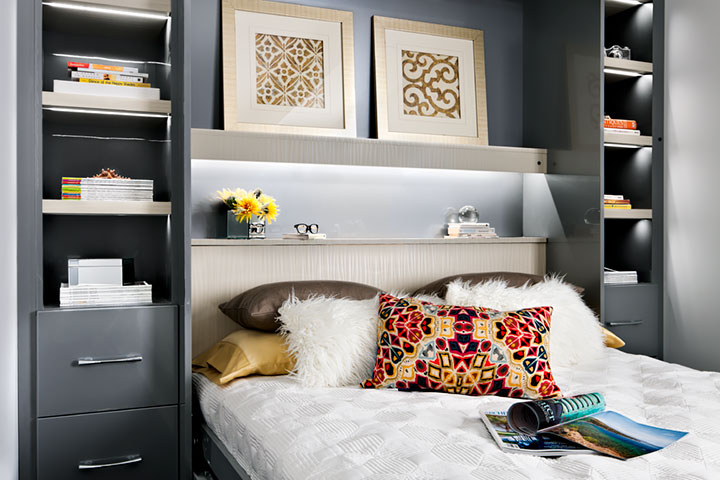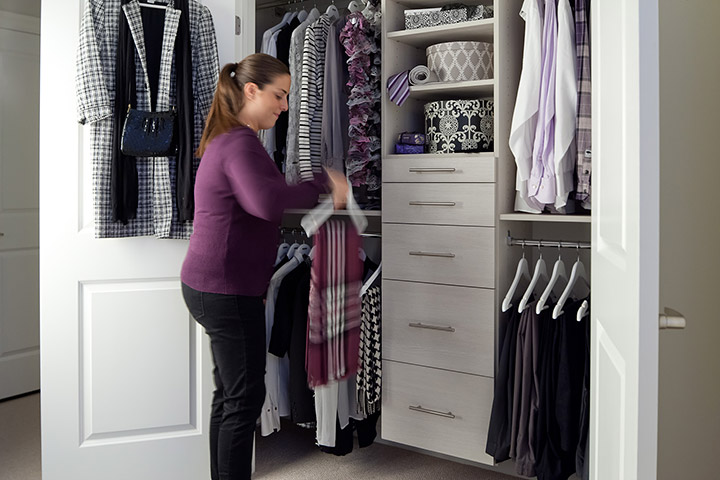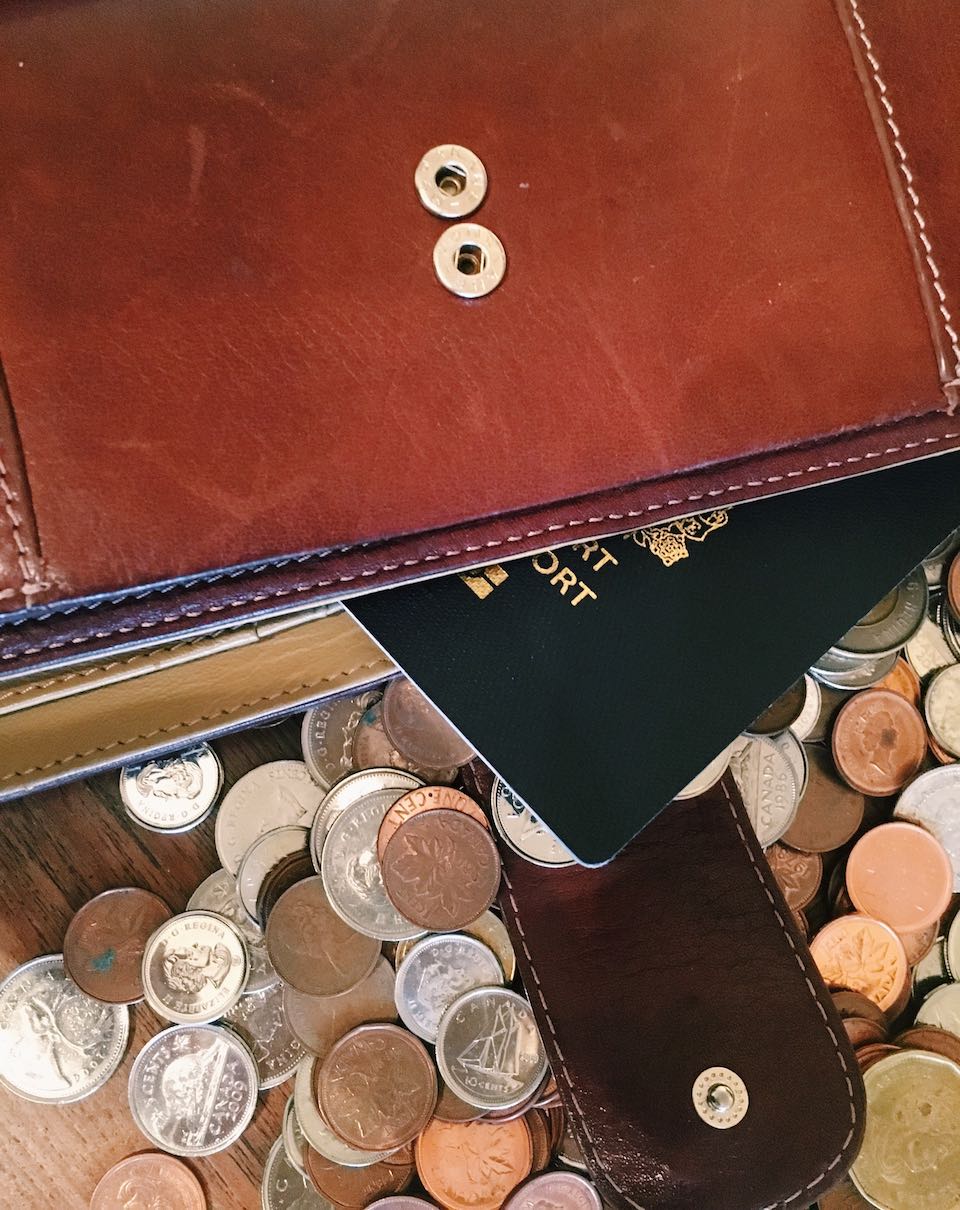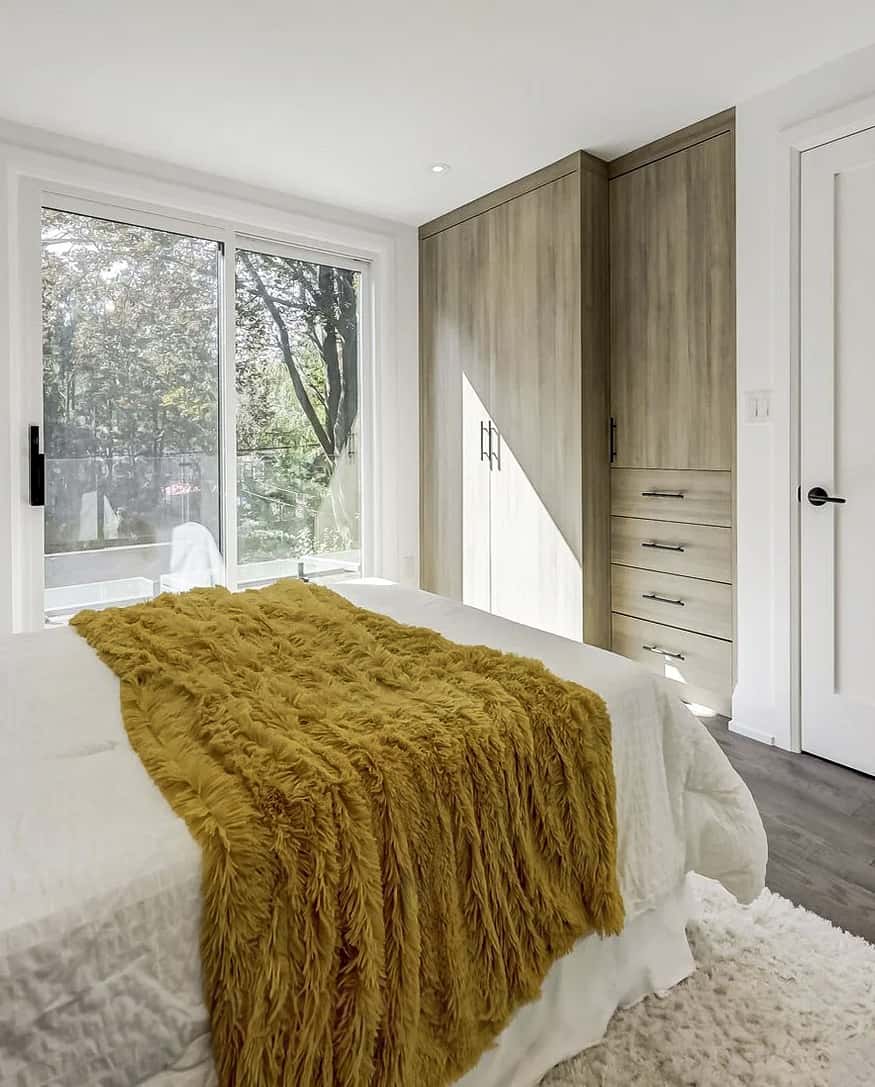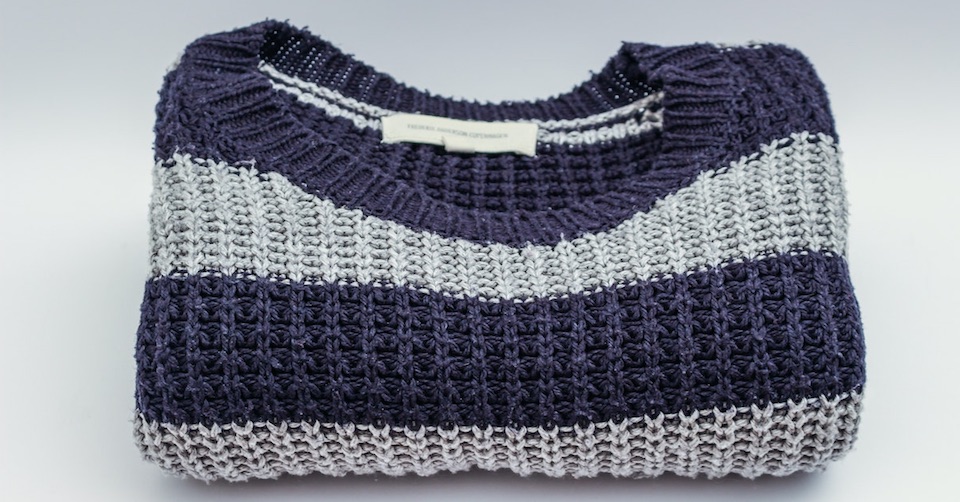
As the weather warms up, more of us will be switching out our winter clothes for our lighter spring and summer wardrobes.
If you lack a winter clothes storage plan or a plan for storing your warm weather apparel when the fall arrives, it can lead to messy closets and drawers, misplaced items, and damaged clothing.
Taking the time now to store your winter clothes properly will result in a more seamless, straightforward transition when your summer clothes are swapped out in the fall. You’ll also be extending the lifespan of your cold weather clothing.
Here are nine winter clothes storage tips that can also be applied to the storage of warm weather clothing.
1. Decide what deserves winter clothes storage space
A National Association of Professional Organizers study found that 80% of your clothes are only worn 20% of the time.
How much of your winter clothing just isn’t getting worn, for whatever reason? It doesn’t make much sense to take up any of your winter clothes storage space (which may be at a premium in your home) with things that won’t get worn when the cold weather returns.
Being proactive and curating your winter wardrobe now will mean you know that everything you have stored is good to go in the fall and winter.
Start sorting through your wardrobe and separating items that are worn out, damaged and beyond repair, and things that have been outgrown or no longer fit.
Get rid of items that were bought on sale years ago and never worn. Any wardrobe pieces that simply don’t speak to your style any more can be added to your “donate” pile, too. Try to adhere to the “one year rule” when purging a closet, meaning that you should remove any items that haven’t been worn in the past year.
While paring down your winter wardrobe before storing things away, try to find time to do the same with all of your home closets’ contents. Closet decluttering should be done once or twice a year to help your closets function more efficiently.
2. Pick the right winter clothes storage spots
Clothing can’t just be stored anywhere in your home. Ideally, clothing that is being stored away for months should be kept in a dry, climate-controlled environment that has good ventilation. Stored clothing should also be kept away from heat sources and direct sunlight.
The attic and garage aren’t recommended for winter clothes storage for a few reasons:
- these rooms are prone to excess humidity, condensation, and other moisture issues (which can cause mould and mildew problems)
- they typically don’t maintain stable temperatures, especially the garage (very high temperatures can cause stored clothing to become more brittle)
- pests favour these areas of the home
The basement is a good winter clothes storage space if there are no pest or moisture issues. For extra peace of mind, you could run a dehumidifier in the basement in whichever room your seasonal clothes are stored in. Aim for maintaining a humidity level between 30-50%.
In a perfect world, you’ll have enough space in your closets to handle storing both your everyday clothes and your seasonal wardrobe. A professionally designed closet organizer system can help to maximize your wardrobe storage space. A wardrobe/armoire and built-in bedroom cabinetry with underbed storage drawers are additional winter clothes storage solutions worth considering.
If you’re really strapped for winter clothes storage space and you’re not going on a vacation anytime soon, even your luggage could be used for extra winter clothes storage. Make sure to label the suitcases with their contents to make finding things easier.

Built-in bedroom cabinetry with drawers and cabinets under and around the bed can be used for storing your winter clothes.
3. Wash or dry clean your winter apparel
A big part of a proactive winter clothes storage plan is to wash or dry clean things before storing them, particularly if they were worn regularly during the winter.
Even if a piece of winter clothing seems clean, it’s a good idea to wash it before storing it away for a few months. Stains from perspiration can be hard to see initially and become more visible over time. The longer they remain untreated and set in, the harder they are to remove.
Odours from our bodies and perfumes or colognes that remain on clothing also become more difficult to get rid of the longer they remain on the clothing.
Taking care of any stains and odours on your winter clothing before packing them away minimizes the likelihood of encountering any pest issues as well. Insects such as closet moths and silverfish are attracted to body oils, microscopic dead skin cells, and residue from food that is left on your clothing.
Once again, a time investment now to wash or dry clean your winter clothes will mean less time sorting through things later in the year.
4. Repair and mend damaged clothing
As part of your effort to store your winter clothes in as good a condition as possible, spend some time repairing and mending the items that need it.
You may find that some pieces of winter clothing are beyond repairing and not worth the storage space. It’s better to make that determination now instead of the fall.
If you have decent sewing skills, repairing small holes, sweater pulls, and broken zippers should be manageable. If not, seek out the services of a seamstress or tailor.
To get rid of pilling on your favourite fleece pullover or sweater and other fabrics, there is no shortage of solutions available. Some household items like a sandpaper sponge, shaving razor, or a strip of Velcro can remove those annoying fuzzballs. You’re better off using a more dedicated tool like a lint remover, sweater comb, sweater stone, or a fabric shaver.
5. Use plastic storage bins
We’ve previously written about why you shouldn’t over-rely on plastic storage bins for your home storage needs. However, one thing they are very practical for is seasonal clothes storage.
You’ll want to store clothing that won’t be worn for awhile in clean plastic storage containers instead of cardboard boxes because:
- cardboard is more susceptible to infiltration from pests
- storage bins provide an airtight seal that keeps out dust and moisture
- white or yellow stains can develop on clothing that is stored in cardboard boxes for long periods
- plastic storage bins are sturdier and can be stacked more safely than cardboard boxes
It’s imperative that any winter clothes that are being kept in storage containers be completely dry. As much as plastic storage bins keep outside moisture from coming in, they also keep any existing moisture in a container trapped. That can lead to nasty mould and mildew issues that may ruin some of your clothes.
Don’t fill up your storage containers to the point where they are overflowing, particularly if they are storing a number of clothing items made from natural fibres. Some air circulation will help the fabrics breathe a bit. Clothing that isn’t crammed into a tight storage space will result in less creases and wrinkling to deal with later as well.
Here are a few more winter clothes storage tips if you’re using plastic storage bins:
- label the containers to make finding things easier
- pack bulkier winter clothing on the bottom of the bin and lighter items on top of those
- if moisture issues are a concern where your clothes are being stored, add silica gel packets to the containers to absorb excess moisture
6. Use garment bags, not dry cleaner bags
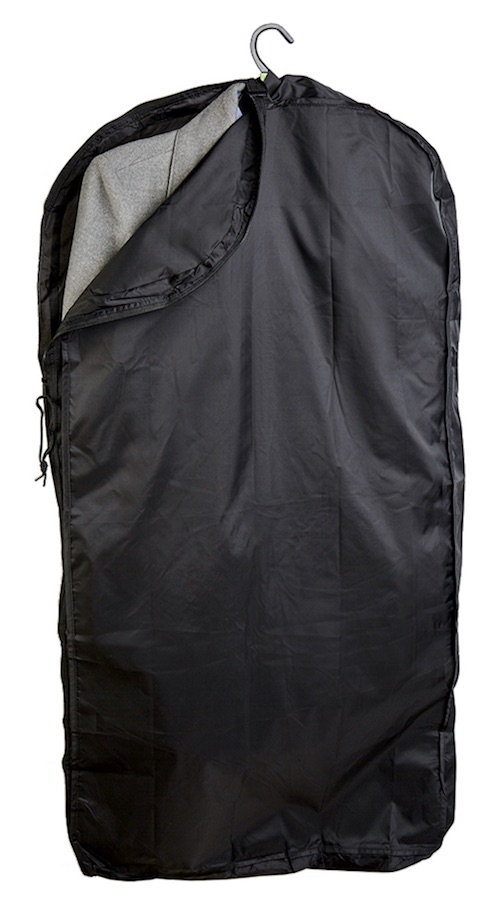 For any items that have been dry cleaned, ensure that they get removed from the plastic bags that your dry cleaner has covered them in.
For any items that have been dry cleaned, ensure that they get removed from the plastic bags that your dry cleaner has covered them in.
The dry cleaning process actually involves the use of liquid chemicals. If your garments haven’t properly dried and remain wrapped in plastic that traps any moisture, the fabrics can yellow and – even worse – mould and mildew can form.
Buy some good garment bags for long-term storage of your winter coats, suits, and other clothing that doesn’t get worn very often.
A breathable garment bag will ensure these items stay fresh, wrinkle-free, and protected from moths and dust.
7. Keep the pests away
We’ve already covered some ways to keep your stored clothing safe from pests, but there are additional protective measures you can take.
One thing you can do is to vacuum regularly in your closets or wherever your winter clothes are stored.
Closets often get overlooked when it comes to doing home cleaning and rarely get a good deep cleaning. Doing so regularly will keep your storage areas less prone to accumulating food particles and other things that attract insects. Frequent cleanings can also help you spot early warning signs of a pest problem, such as flying insects, holes in clothing, and bug droppings.
Mothballs are effective at repelling pests, but they have two big downsides: their scent is not for everybody and they’re a pesticide. Chemical-free mothballs are available, but what are your other options to keep the pests away? Here are some alternatives to using mothballs:
- cedar-lined storage chests
- cedar blocks, balls, and chips
- cedar rings that attach to your clothes hangers
- cloth satchels filled with aromatic dried herbs like lavender, rosemary, cloves, or thyme
Keep in mind that mothballs, cedar products, or herbs will become less effective for controlling pests over time as they lose their smell and potency.
8. Think twice before vacuum sealing your winter clothes
Vacuum sealing seasonal clothing with a hand pump device or an attachment on your vacuum will save you storage space. It might seem even more practical for your winter clothes storage needs, considering your winter apparel is bulkier and takes up more storage space.
Vacuum sealing isn’t always clothing-friendly, however. Leather products, down jackets, and clothing items made from natural fibres like wool and cashmere should not be vacuum sealed.
Doing so doesn’t allow the fabrics to breathe and can cause the natural fibres to become overly compressed. This makes the clothing (plus other “puffy” products made with fabrics like pillows, sleeping bags, and comforters) lose their natural form. After being removed from the vacuum seal, these items usually return to their original form slowly, but sometimes they won’t.
9. Fold instead of using hangers where necessary
Another storage mistake that can lead to clothing getting damaged is hanging up things that should really be folded.
Thick winter knits like sweaters will maintain their shape better if they are stored in a drawer, wardrobe closet, or storage container.
There is a proper way to hang a sweater on a hanger, but if a sweater is hung on a hanger the traditional way (and especially on a cheap wire hanger), it’s sure to get stretched out and maybe even ruined.
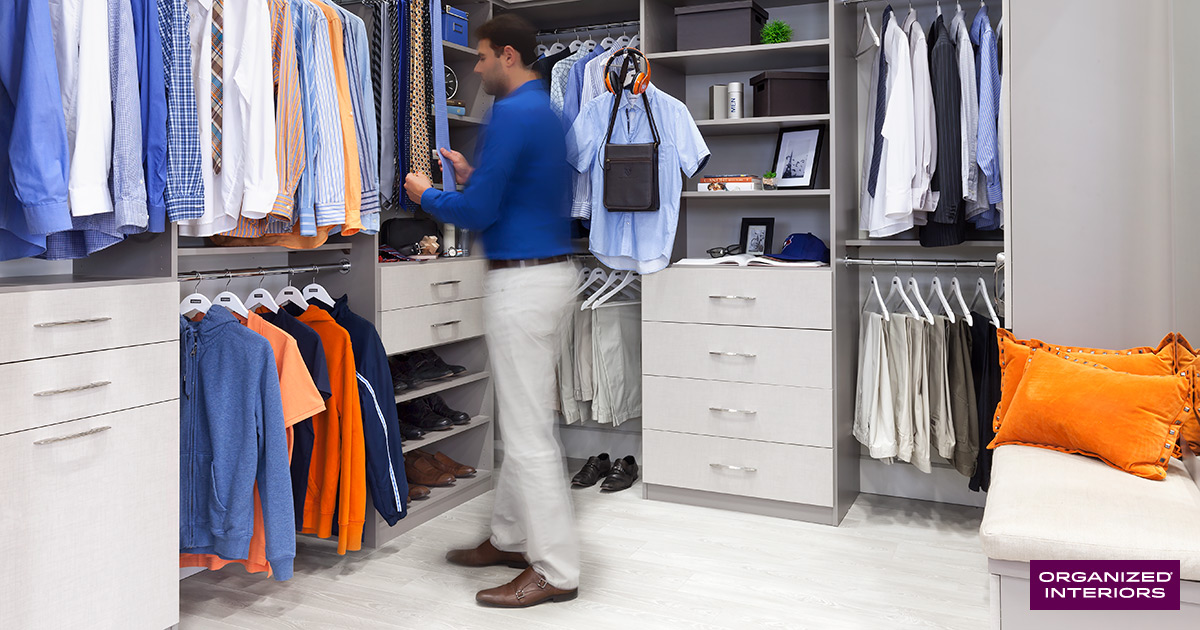
This walk-in closet provides a wealth of hanging storage space. Plenty of drawer and open shelving space is available for items that are more suited to folding storage, such as sweaters.
Stay organized with our winter clothes storage solutions
We know how challenging it can be to organize a closet space and keep it tidy, especially when you’re trying to find extra room for storing your winter and seasonal clothes.
When asked what their home’s most cluttered space was, 67% of the respondents in a survey by MakeSpace said it was their bedroom closet.
Allow us to help you make more space in your closets and other areas of your home to satisfy your storage needs. Just request a complimentary design consultation with us to begin addressing your family’s organizational challenges.
Please share this post if you found it useful.

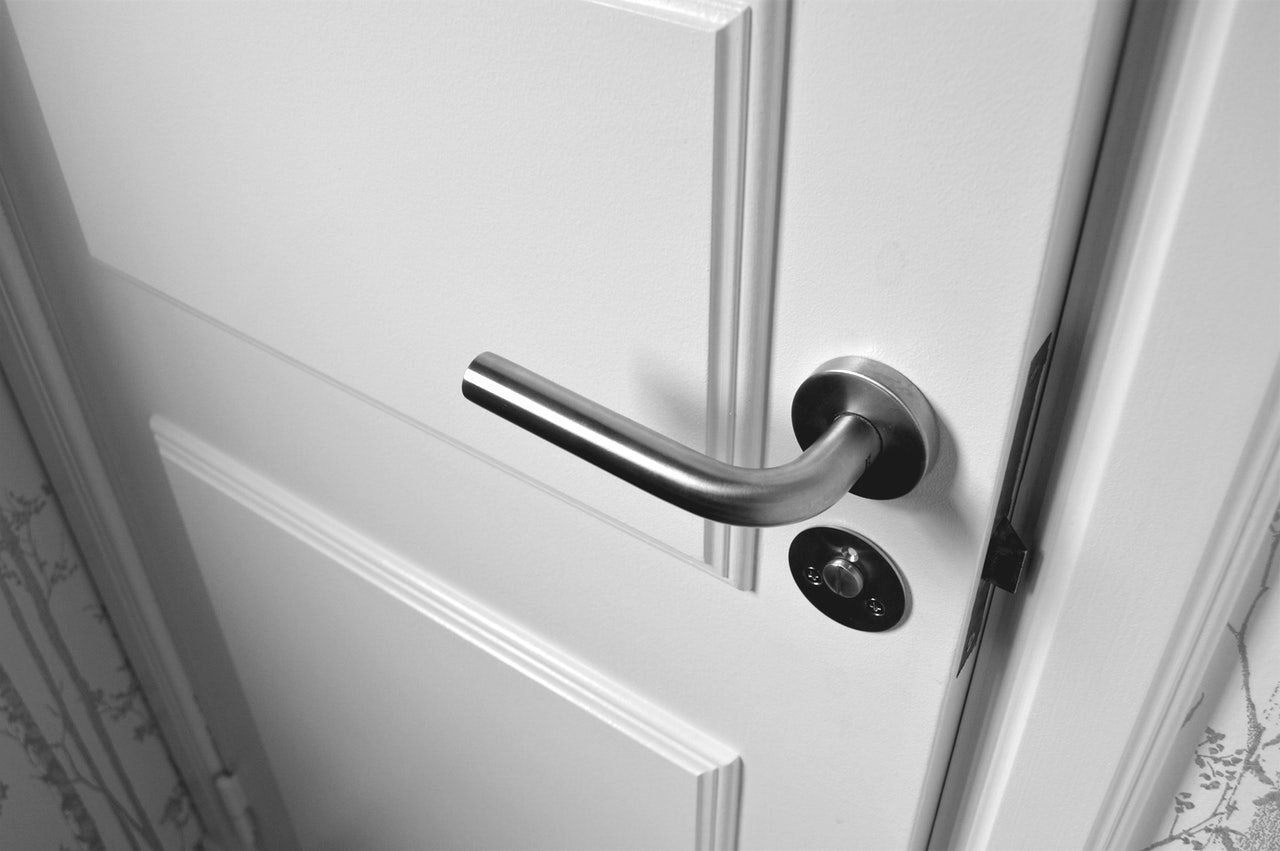
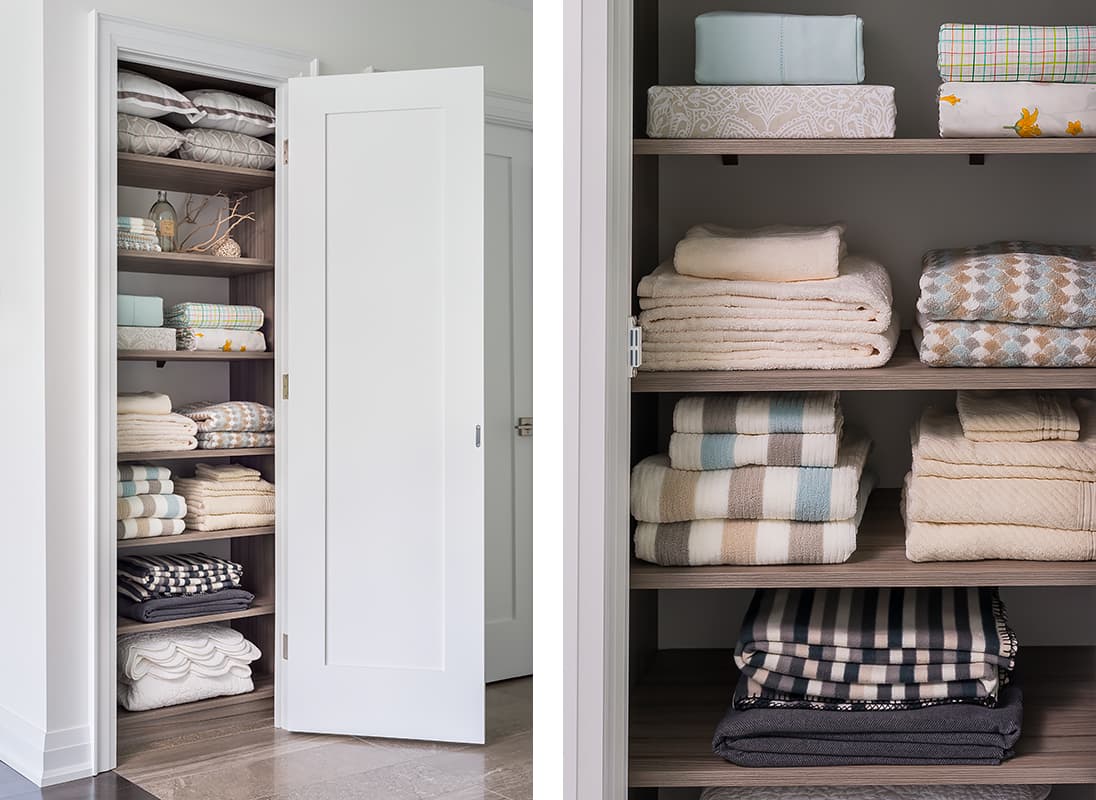
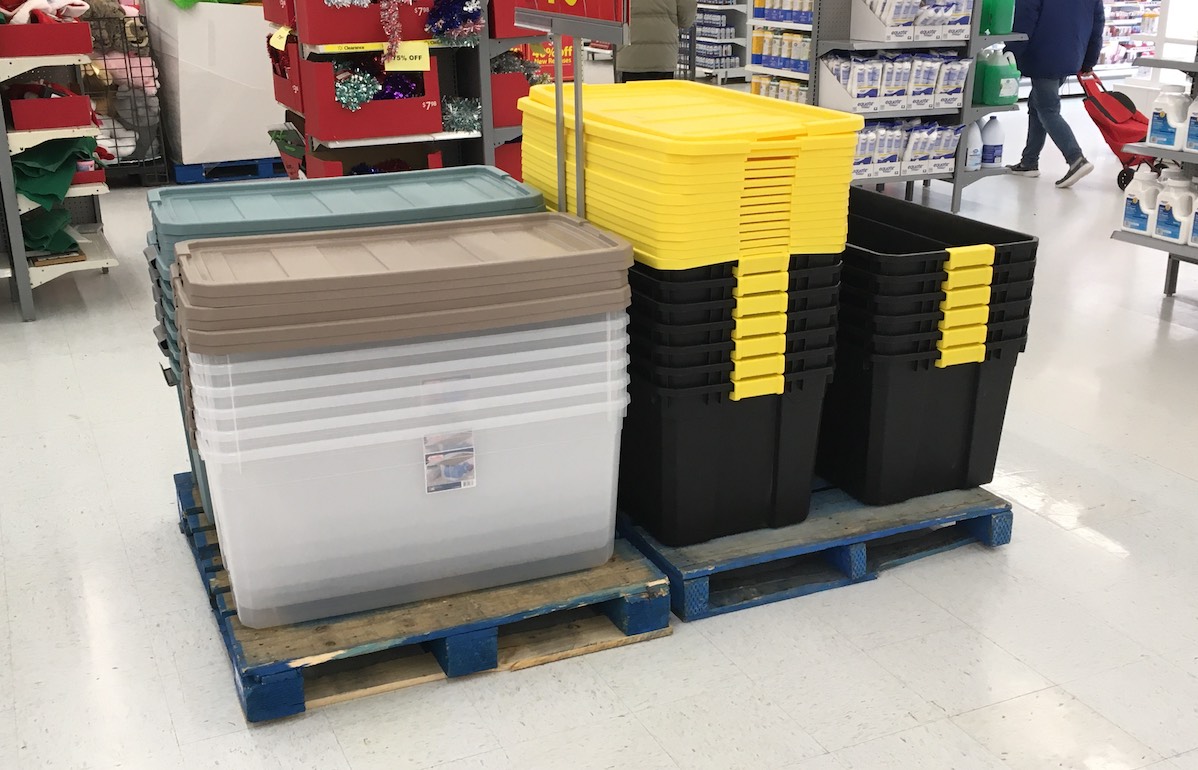
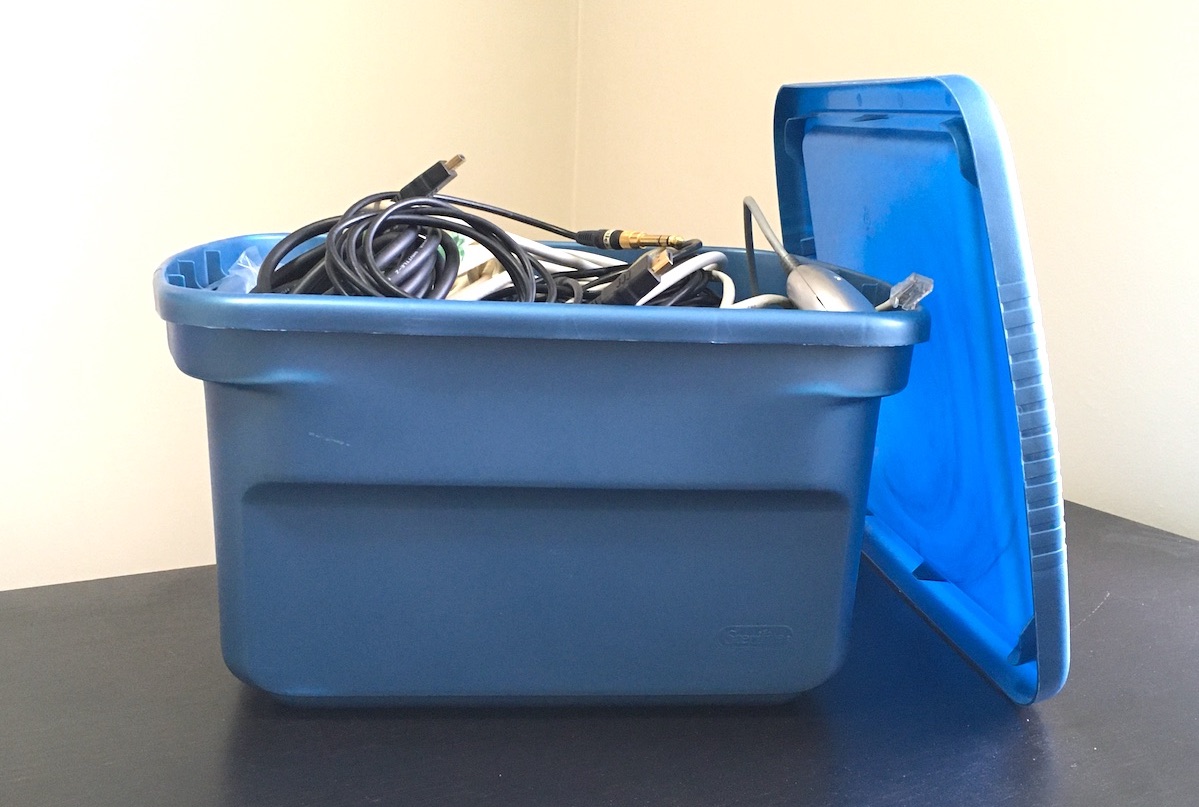
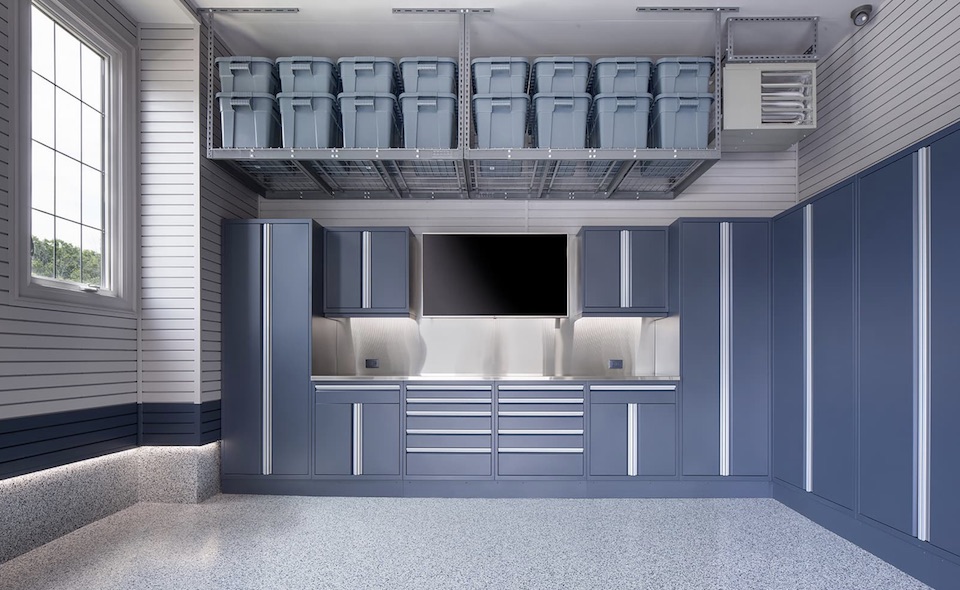
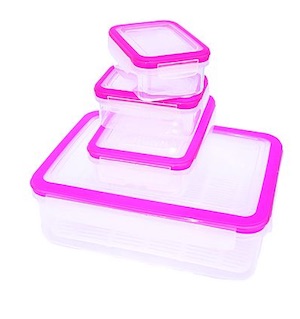 Those storage container sales going on during January might also find you contemplating picking up some new plastic food storage containers.
Those storage container sales going on during January might also find you contemplating picking up some new plastic food storage containers. 
